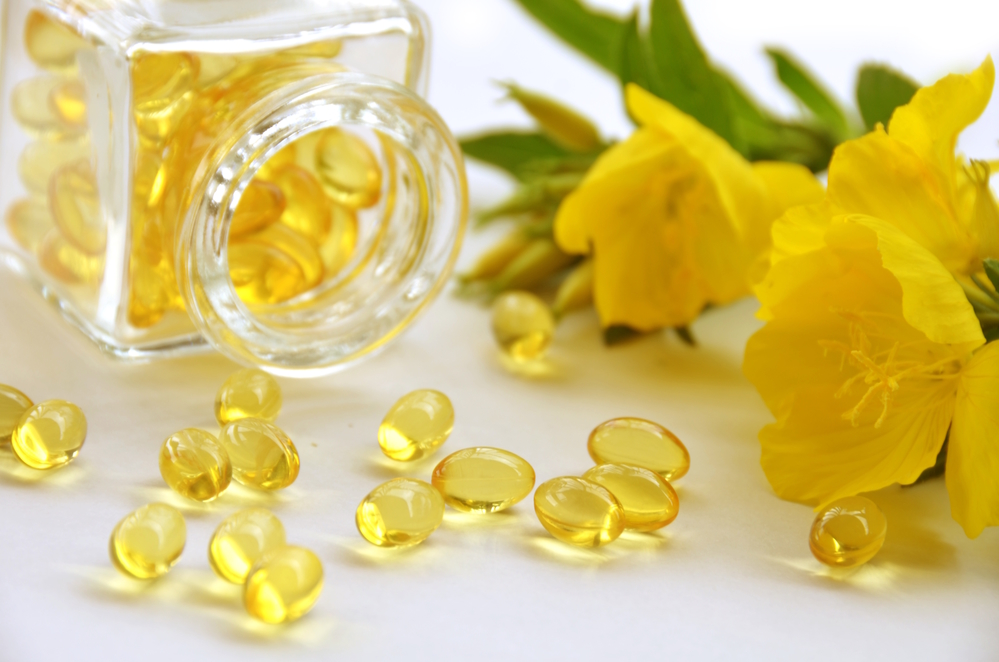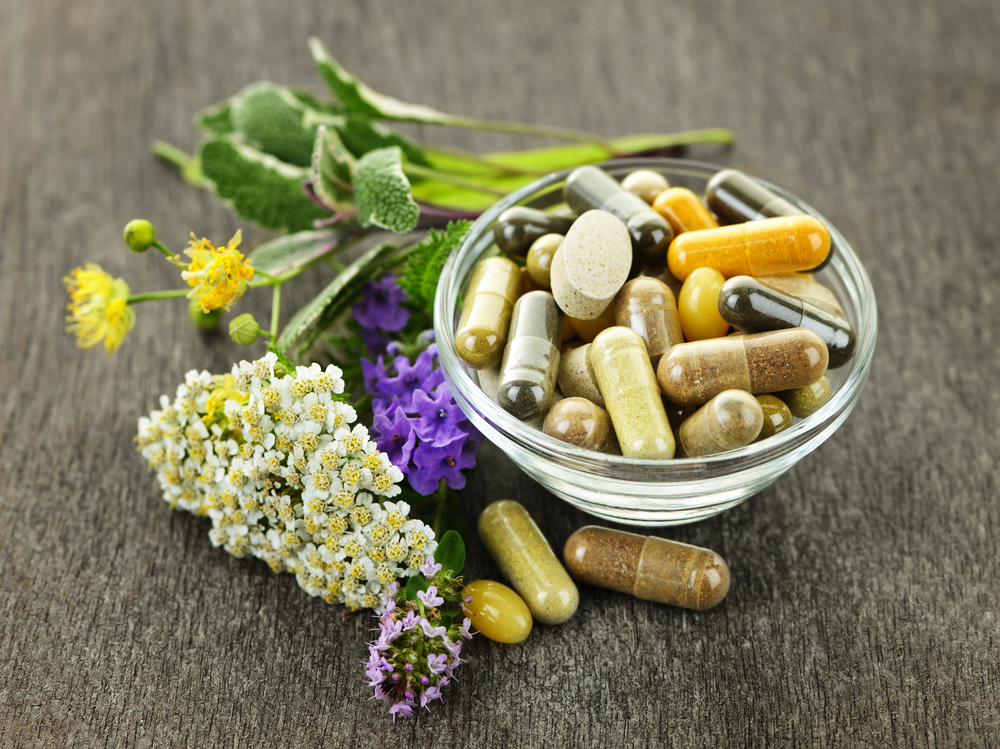Inflammation around the joints is a contributing factor to pain experienced by those suffering from rheumatoid arthritis or osteoarthritis.
A diet for arthritis unfortunately can’t offer a cure. There is evidence to suggest that some symptoms of arthritis may be relieved by making changes to diet.
Emily Rollason, a nutritionist from Holland & Barrett, says that it is difficult to say anything conclusive about diet and arthritis. Some research shows that there is a significant reduction in symptoms of arthritis from adopting a dietary change, while other research suggests that the impact is less noticeable.
Although more research needs to be done, there is an increasing number of studies that suggest certain diets may help with arthritis.
One option for dealing with gout is to remove high-purine foods from your diet. A good diet to follow if you want to be healthy includes eating mostly whole foods, including lots of plants, grains, and spices such as ginger and turmeric.
It has been widely suggested that consuming one to two portions of oily fish per week can help to decrease the severity of arthritis symptoms.
Some arthritis sufferers believe that nightshade fruits and vegetables, such as aubergines, tomatoes, and peppers, should be avoided. This is because they contain a compound called solanine, which is thought to have properties that promote inflammation. There is little evidence to currently suggest that this is the case.
Conflicting information makes it hard to tell if diet changes can help ease arthritis symptoms.
What Is Arthritis?
Arthritis describes a range of conditions that cause stiffness, pain, and swelling in and around your joints. There are many types of arthritis and it can affect various parts of your body, such as your hands, knees, hips, and even your toes.
Arthritis can make activities more challenging. Because arthritis is so prevalent, the burden of disability from arthritis is substantial, exceeding that from many other chronic conditions. Arthritis can affect people of all ages, including children and teenagers, but it is particularly common in older people.
Approximately 10 million people in the UK experience joint pain as a symptom of arthritis.
What Causes Arthritis?
The risk factors for arthritis vary depending on the type of arthritis, but there are some general risk factors that increase your chances of developing the condition.
- As normal wear and tear of joints increases with age, so does your risk of arthritis
- Family history – you may be more likely to suffer with arthritis if your close family members have the condition
- Whilst men are more likely to get gout (a type of arthritis), women are more susceptible to rheumatoid arthritis
- Joint injuries – previous joint injury can increase your likelihood of developing arthritis in that area in the future
- Being overweight – obesity puts extra stress on joints, particularly your knees, hips and spine – people with obesity have a higher risk of developing arthritis
Inflammation
Inflammation isn’t all bad. White blood cells are an important element of the immune system response to infection and injury. This is an important step in healing and can help prevent additional harm.
However, inflammation can become problematic if it is long-lasting or if it occurs in a place that doesn’t need it. There are two types of inflammation – acute and chronic. Acute inflammation happens after an injury.
In other words, when you injure yourself. It happens rapidly and is short-lived.
Chronic inflammation is a response that occurs over a long period of time, which can be harmful to tissues and organs. It’s chronic inflammation that’s associated with arthritis.
Diet may be able to help people control chronic inflammation.
What is an anti-inflammatory diet for arthritis?
What we eat can affect how much inflammation is in our bodies. An anti-inflammatory diet is usually one that is high in vegetables, fruits, beans, whole grains, and omega-3 fatty acids.
A diet that contains many anti-inflammatory foods is the Mediterranean diet.
Key Foods in a Mediterranean Diet
A Mediterranean diet is one that follows the traditional eating habits of those who live in countries closest to the Mediterranean Sea. Vegetables, fruits, nuts, beans, cereals and grains will typically fill your plate. However, there may be regional variations.
You’ll see moderate amounts of fish and unsaturated fats such as olive oil. You will eat less dairy products and meat. There are many benefits to following a Mediterranean diet, including a lower risk of heart disease and arthritis.
Foods With Anti-Inflammatory Properties
1. Borax
Borax is a mineral that is found in deposits around the globe. It refers to a rock or mineral that is mined from the earth and used in various settings, either commercial or domestic. Borax contains sodium, hydrogen, oxygen and boron.
Boron is a mineral required by the body. There is a higher concentration of boron in strong bones than in weak bones. Boron is necessary for the body in order to maintain a proper calcium-magnesium balance, which is another element of a healthy skeletal system.
2. Apple Cider Vinegar
Apple cider vinegar that is raw and organic provides the body with trace nutrients and helps the body to reduce pain by becoming more alkaline. 1-2 teaspoons of apple cider vinegar can be added to a glass of water and consumed. This is a popular and effective home remedy for many issues.
This tonic is consumed once or twice a day. Apple cider vinegar is often used as a remedy for weight loss. Losing excess weight often reduces arthritis symptoms and risks.
3. Baking Soda
If the primary cause of arthritis is an imbalance in the body’s natural pH level, then baking soda is an effective treatment option. Baking soda helps to counterbalance the body’s acidity and bring the body back to alkalinity.
Baking soda also provides carbonates to the body. Many people swear by baking soda as a natural remedy for gout, which is a form of arthritis that can be extremely painful.
4. Blackstrap Molasses
Blackstrap molasses is a densely packed food. There are many nutrients in this food, including calcium, magnesium, iron, potassium, zinc, and selenium. Nutritional deficiencies are common causes of many diseases.
Providing the body with the nutrients it needs can help it to heal itself. 1 tablespoon of blackstrap molasses contains 200 mg of calcium, which is double the amount of calcium that is found in a serving of milk.
Calcium is important for bone health, and calcium from food is better for the body. This is equivalent to saying that 1 tablespoon of blackstrap molasses provides 25% of the recommended daily amount of magnesium for adults. Magnesium is necessary for healthy bones and cartilage.
Copper is also needed for the body to absorb iron. The body requires copper to fashion connective tissue and also to absorb iron. Blackstrap molasses is a source of copper. Pay attention to how much sugar and calories are in each brand of blackstrap molasses. There is some variation in the amount of nutrients present in different brands of molasses.
5. Turmeric
Turmeric is an herbal anti-inflammatory and can be used as a natural pain remedy. It can be taken in pill form or added to milk. Golden milk is a delicious way to consume turmeric.
The ingredient in turmeric that is responsible for its anti-inflammatory and pain reducing properties is curcumin. Initial research regarding the efficacy of curcumin in treating arthritis is promising.
Turmeric has fewer side effects than over-the-counter anti-inflammatory medications.
6. Essential Oils
A number of essential oils have anti-inflammatory properties. Frankincense and peppermint oils are good for treating arthritis pain.
Frankincense has been used in herbal medicine for centuries as an anti-inflammatory. Peppermint essential oil has a cooling sensation on the skin. Peppermint and frankincense work together to create a topical pain reliever with a pleasant scent.
Essential oils are most commonly used with a carrier oil, rather than being used neat (undiluted). Coconut oil and castor oil are both great carrier oils for arthritis treatment because each one has its own healing properties.
7. Vitamin C
The joints need vitamin C for the synthesis of collagen. Vitamin C is also a natural anti-inflammatory. Studies show that vitamin C may help relieve pain for people with joint and other types of pain.
Taking sodium ascorbate is the best way to get your vitamin C. This form of vitamin C is easier to digest and doesn’t cause as much stomach acidity.
8. Bone Broth (Gelatin)
Many people are finding success in using bone broth to help with degenerative conditions such as arthritis. It is not so much that it is gaining in popularity, as it is that it is regaining the popularity it once had. A few generations ago, bone broth was a staple in many homes and was used regularly.
Bone broth is made by cooking bones and cartilage in water at a low temperature for 12 to 48 hours. The bones and joints are composed of nutrients that are constantly being extracted.
Bone broth is a rich source of nutrients that are essential for bone and joint repair. You can make bone broth at home without much difficulty. You can also use gelatin, collagen, or store-bought bone broth.
9. Weight Loss
Carrying extra weight puts additional pressure on the joints, resulting in pain and degeneration. This means that for every extra pound you are carrying, your knees experience an additional four pounds of pressure.
Carrying around a 15 pound excess puts an extra 60 pounds of force on knee joints. In addition to causing weight gain, excess fat cells can make arthritis worse by producing inflammatory substances.
Losing weight takes pressure off of joints and decreases inflammation throughout the body. Losing weight is definitely worth the trouble because it will improve your health in many ways. Weight loss and the next important arthritis remedy are closely related.
10. Exercise
Physical activity helps keep your body strong, including your muscles and bones. If your muscles are stronger, they can better support your joints and take some of the stress off of them. Exercise also promotes effective circulation.
If your circulation is good, then your body can heal itself faster. Swimming is a wonderful exercise for those with arthritis. Walking is pleasant and more easily available.
If your doctor allows it, using small hand weights can help to strengthen the muscles and joints in your arms. The legs will get a workout from carrying the body around.
11. Dietary Changes
The main way for the body to get the vitamins, minerals, and other nutrients it needs is through food. Choose foods that are high in nutrients and low in calories to give your body the fuel it needs.
Arthritis can be caused by many different things, but good nutrition can help heal it or at least slow down its progression.
Too much sugar and processed food can prevent the body from getting the nutrients it needs. They also contribute to obesity, which aggravates arthritis.
Although supplements may be helpful, they will never be able to completely overcome the damage done to a body that gets very little nutrition from food.
Some specific nutrients that arthritis suffers need and good sources of them are listed below:
Magnesium is found in quinoa, black beans, brown rice, tofu, dark chocolate, and avocados.
Vitamin C is found in pineapple, strawberries, kiwi fruit, red peppers, papaya, broccoli, Brussels sprouts, oranges, grapefruit.
Vitamin D – fortified milk, cereal, salmon and tuna
Folate – chickpeas, lentils, broccoli, and spinach
Stay hydrated. Choose quality liquids wisely to ensure proper nutrient intake. Even mild dehydration can contribute to pain. A well hydrated body feels better. Fluids keep toxins moving out of the body.
Keep coffee and sodas to a minimum. The body’s pH level can be affected by both sugary and acidic foods, making pain worse and contributing to poor health. Plenty of quality water should be consumed daily. Mineral depletion is a concern when consuming distilled water as it can pull minerals, such as calcium, out of the body- specifically the bones.
Foods to Avoid if you have Arthritis
We’ve looked at the positive aspects of diet and how it can help with inflammation, but now we need to look at the difficult part – the foods that maybe you should limit if you’re concerned about inflammation. Certain foods have been found to help reduce inflammation, while others can trigger it.
Certain food groups are thought to have inflammatory properties:
- Red meat and processed meats, including bacon, hot dogs, lunch meats and cured meats
- Refined grains, including white bread, white rice, pasta and breakfast cereals
- Snack foods, including chips, cookies, crackers and pastries
- Sodas and other sweetened drinks
- Fried foods
Eating less of certain foods can improve your overall health, including joint health and the symptoms of arthritis for some people.









